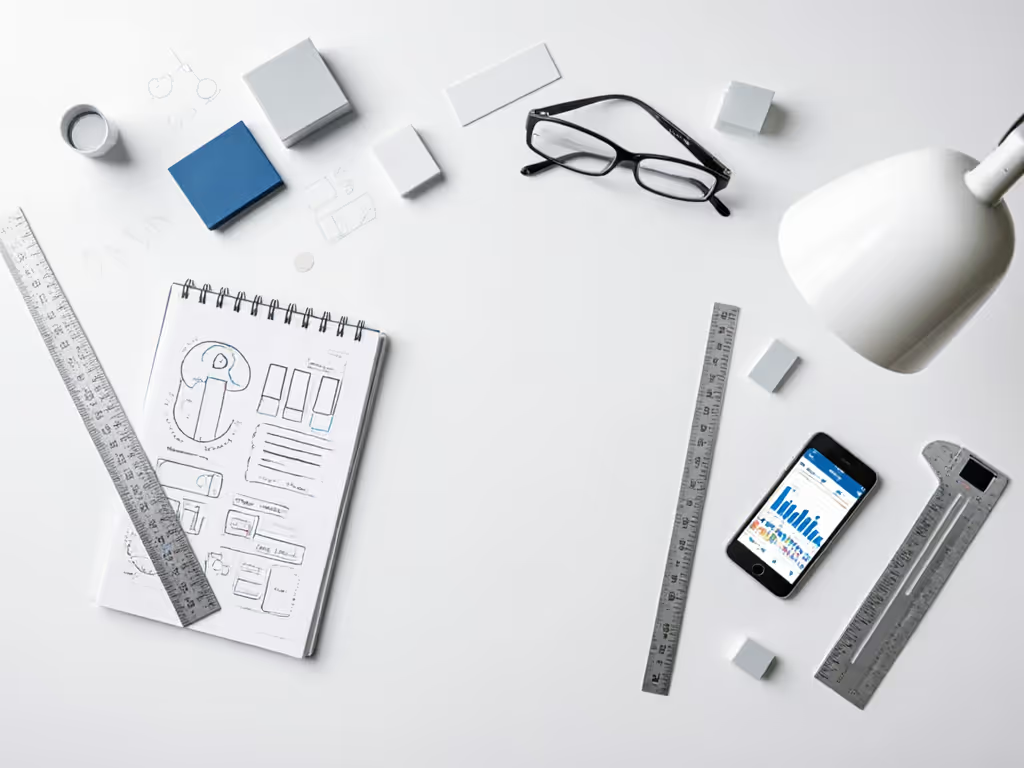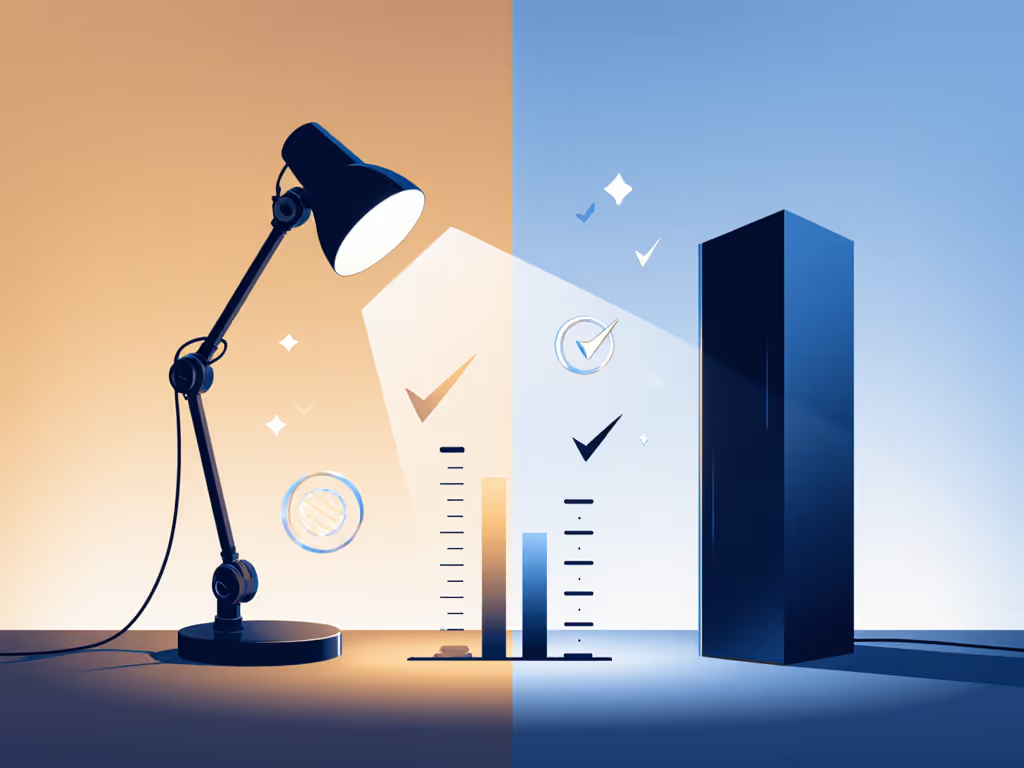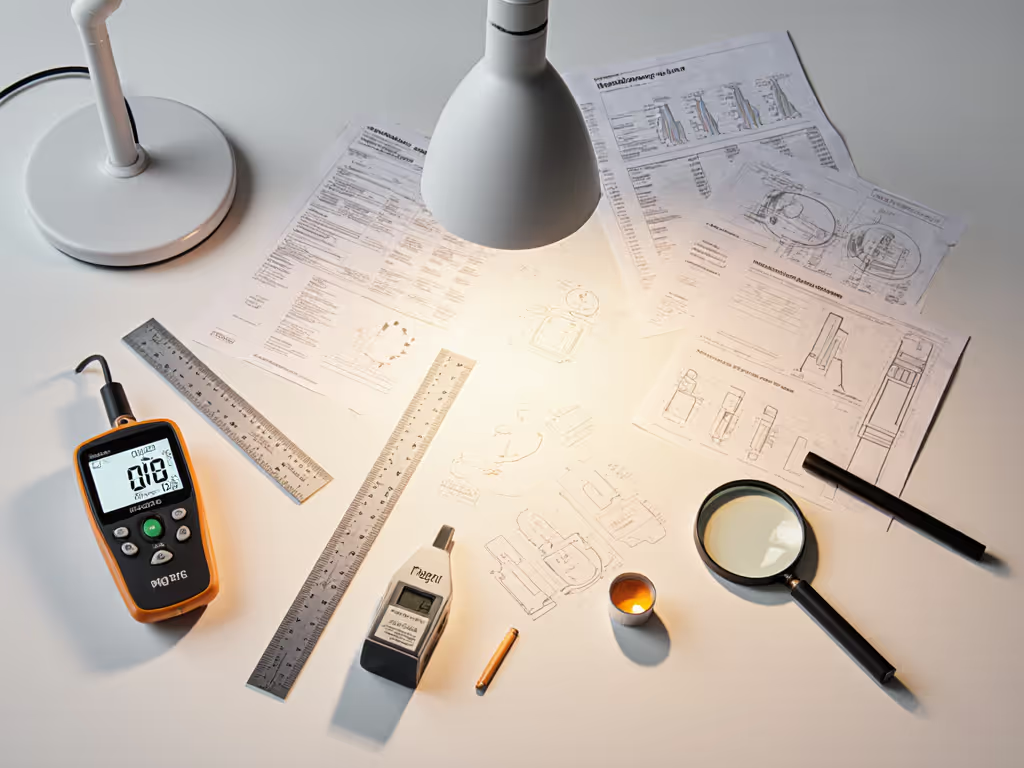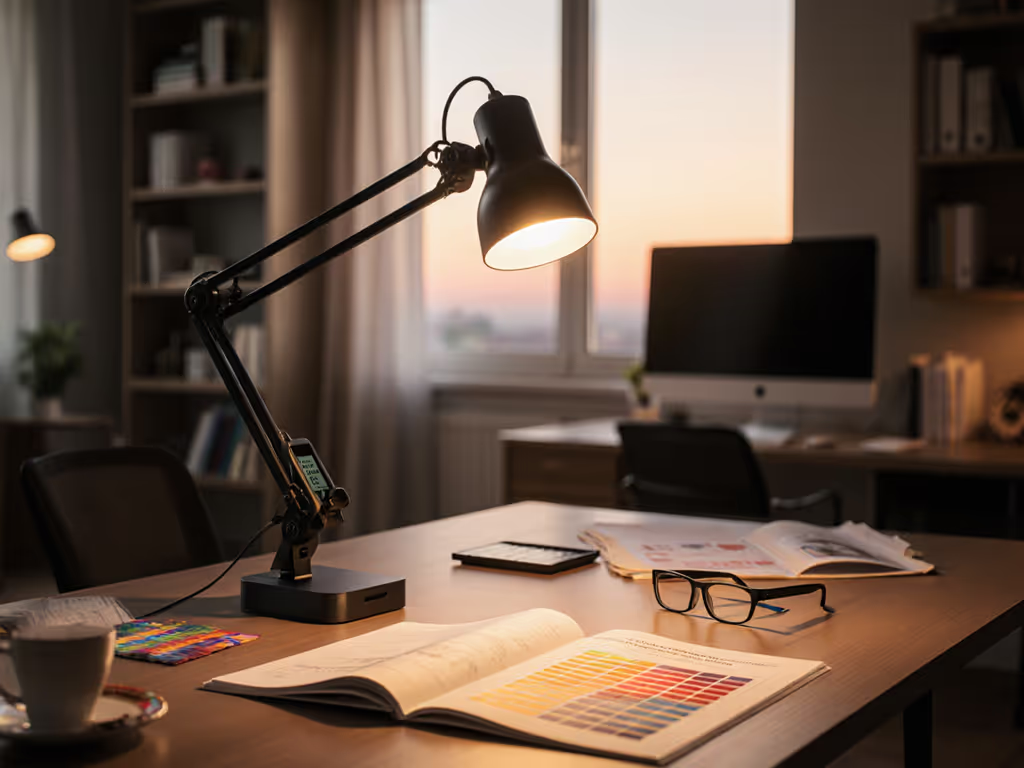
Lighting Science, Health & Productivity
Evidence-based advice on color temperature, eye strain reduction, circadian-friendly lighting, and layered lighting strategies to optimize comfort and performance.
Top Articles

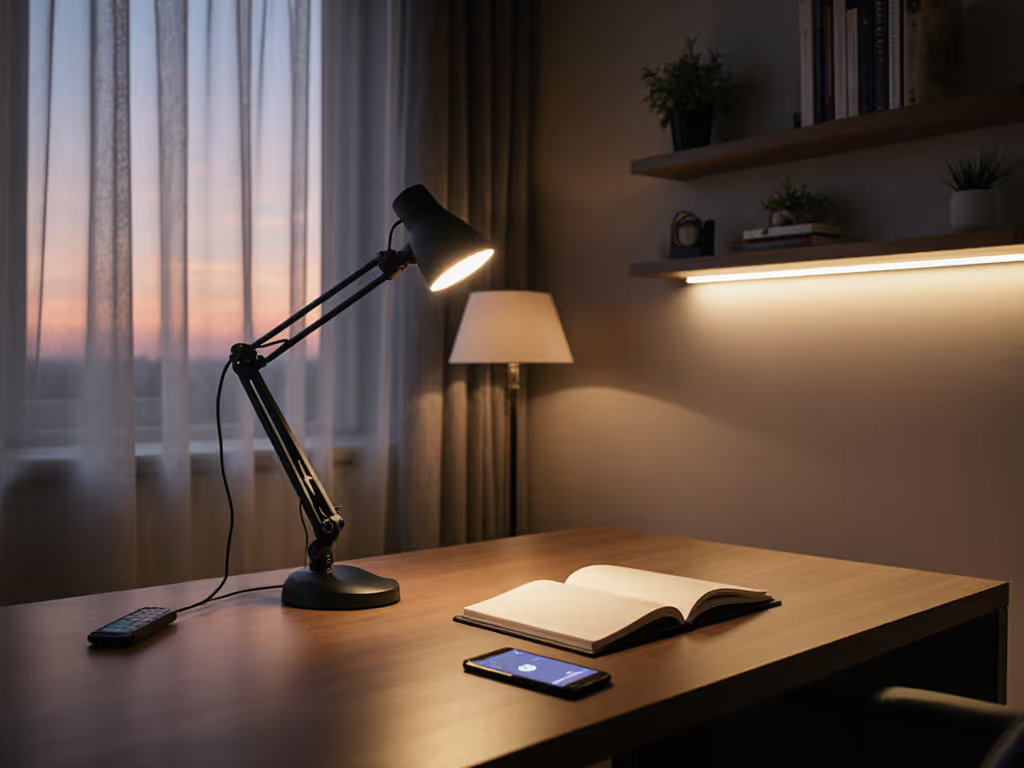
Home Office Desk Lighting: Layered Design for Comfort
Reduce eye strain and errors with a layered setup that hits a precise 3:1 task-to-ambient ratio, verifies lux at the work surface, controls glare, minimizes flicker, and tunes color temperature through the day. Use the 10-minute phone-based audit to calibrate your desk lighting and track measurable comfort gains.
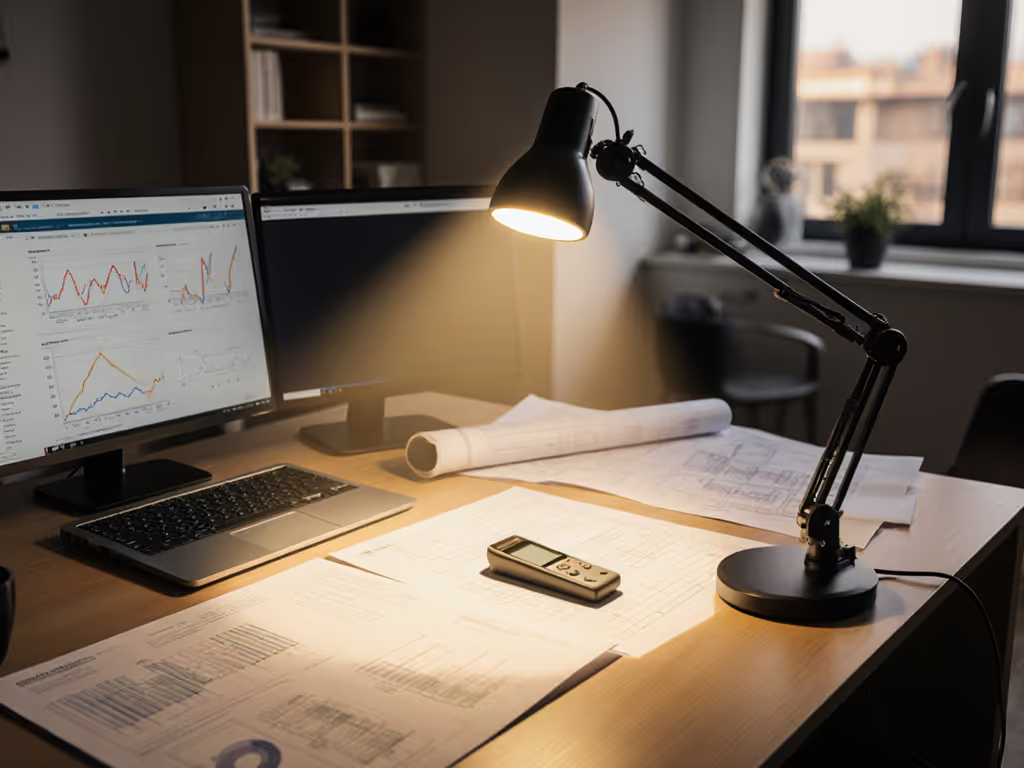
Desk Work Lamps: Science-Backed Productivity Boost
Prioritize usable, even, flicker-stable light at the desk - not big lumen numbers - to reduce eye strain and sustain deep focus. Learn clear metrics and simple at-desk tests (around 500 lux with uniformity ≥0.6, PstLM <1.0 across dimming, and precise beam control), plus day/night color guidance to boost productivity without harming sleep.
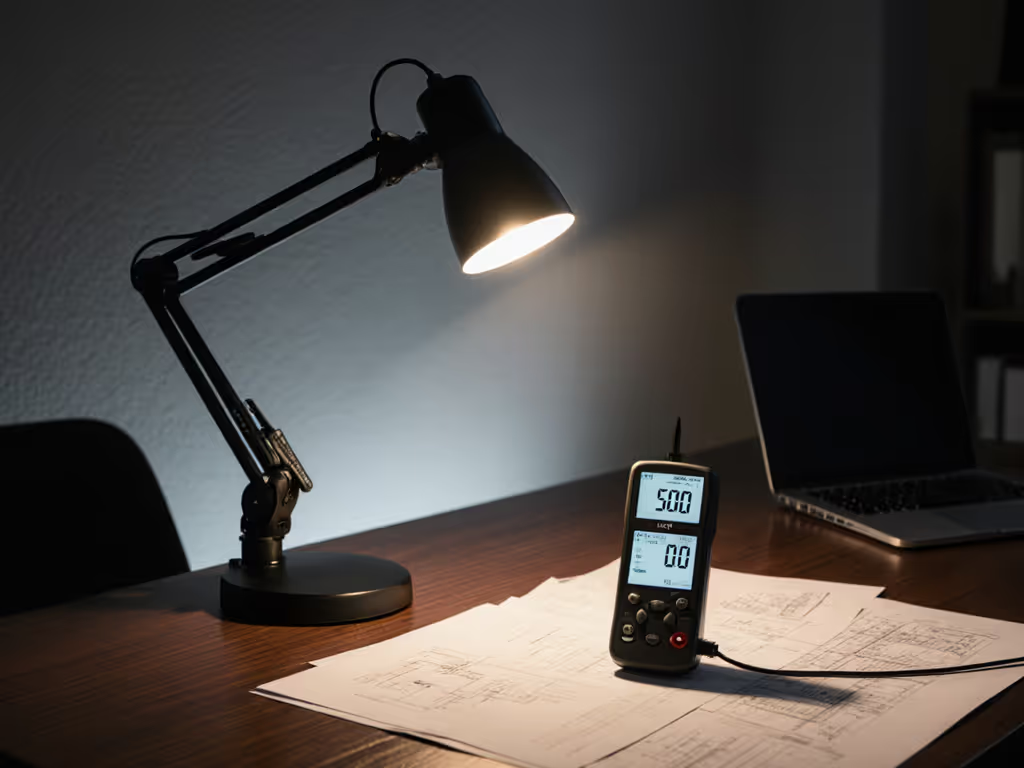
Explore Other Topics
